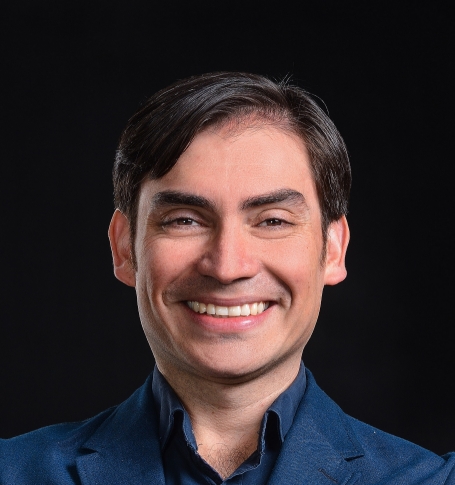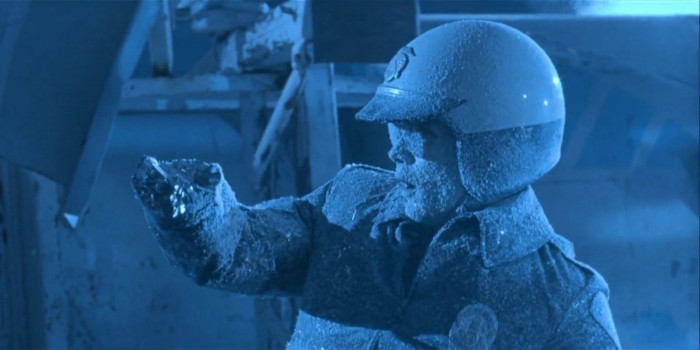Sometimes we struggle with very minor decisions in different settings. A common example of this is when we want to watch a movie and we have not picked one after one hour of scrolling.
When we don’t make a decision, we’re deciding not to decide. Sometimes, this is the worst decision we can make. Decision paralysis is harmful for individuals and teams because it prevents us from taking actions that would bring us closer to our goals, and from gaining the experience to make better decisions in the future.
In a previous article, I described how we can use different types of decision matrices to help us make tough decisions. And although this approach is good for critical decisions, I would not recommend using this for many of the day-to-day decisions that we face.
So, we should start by asking ourselves how important the decision is, and what are the consequences of a bad decision.
Door Types
I find that one method to visualise the type of decision we are making is with the one-way or two-way door metaphor.
A one-way door is one that physically prevents us from going back, so once we cross it we are committed to that decision. The cost of changing our minds is high, as we’d have to walk to the closest entrance to go back, if still possible. For example, if we’re in a gig or in a sports match and cross a one-way door, we’d have to buy a new ticket (if available), or try to convince security to let us back in.
A two-way door is the classical door we all know that doesn’t place any physical restriction on our ability to enter or exit.
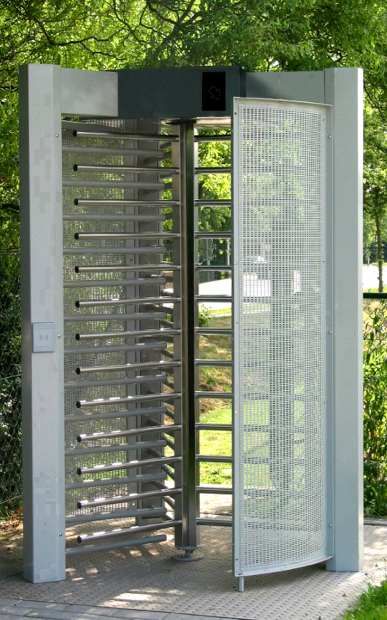
When we have a one-way-door decision, the stakes are high, and we should carefully consider the options to avoid the negative consequences of a bad decision. This is what decision matrices are good for.
However, most of our decisions, personal and professional, are two-way-door decisions. In these types of decisions, we can easily change our minds with minimal impact, but we still face decision paralysis even in these cases.
The Cost Of Indecision
Every decision, or lack of one, has an associated cost. In the example of choosing a movie, we can measure the risk of a bad decision in time (the time spent watching a bad movie), but also the missed opportunity of having a good time.
In his book “How to Measure Anything: Finding the Value of Intangibles in Business“, Douglas W. Hubbard explains that even things like enjoyment can be measured, so we could estimate a monetary value to it.
If we consider that watching a good movie is worth $60, and our time is worth $50 per hour, our potential reward diminishes over time, but we still end up on the positive side after one hour.
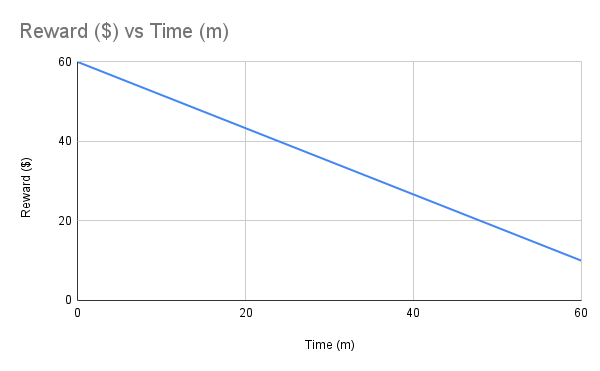
However, assuming that the chances of choosing a good movie are fifty percent when we start, and seventy-five percent after one hour, we can observe that our most likely reward is negative at around fifty minutes.
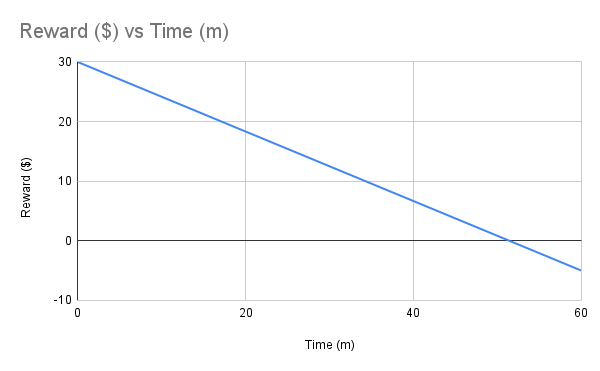
Although these numbers are just illustrative, they reflect our intuition that the sooner we find a good movie to watch, the better. Table 1 shows that the probability of choosing a good movie increases over time, but the reward goes down as well.
| Time (min) | Probability of Good Movie | Reward ($) |
|---|---|---|
| 0 | 50% | 30 |
| 15 | 56% | 21 |
| 30 | 63% | 13 |
| 45 | 69% | 4 |
| 60 | 75% | -5 |
If we need to purchase the movie, we can also include this cost into our calculations. For this scenario, we’ll assume we know the movie is good, so we just need to know if we’ll spend the money or not.
We start with a potential reward of $35 if we decide to make the purchase immediately (the initial $60, minus the $25 to pay for the movie), and then it goes down linearly as before. Once again, the sooner we decide, the better.
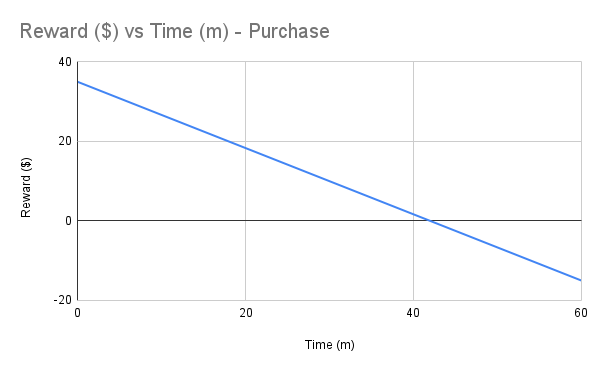
As we have explored, indecision has a cost that can be measured. It is not worth going over and over some simple low-value two-way door decisions. For the same reason, if we’re working in a team, we should make decisions only with the people who really need be involved. Otherwise, we the cost of the decision could outweigh its benefits.
Cheers!
José Miguel
Share if you find this content useful, and Follow me on LinkedIn to be notified of new articles.
